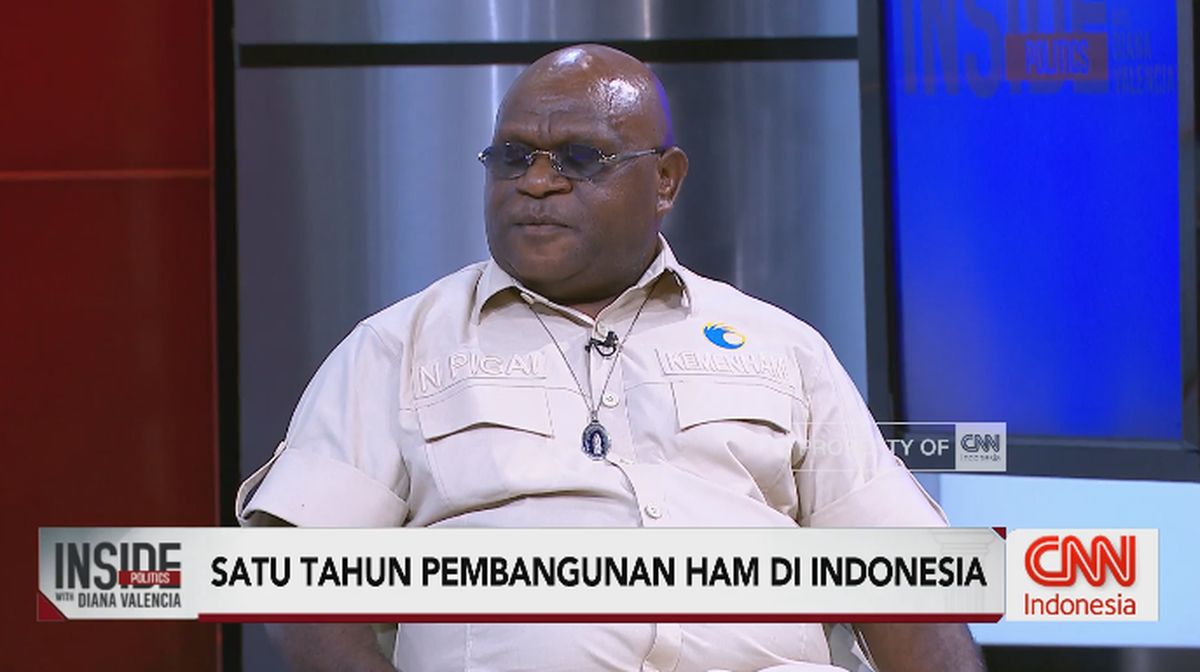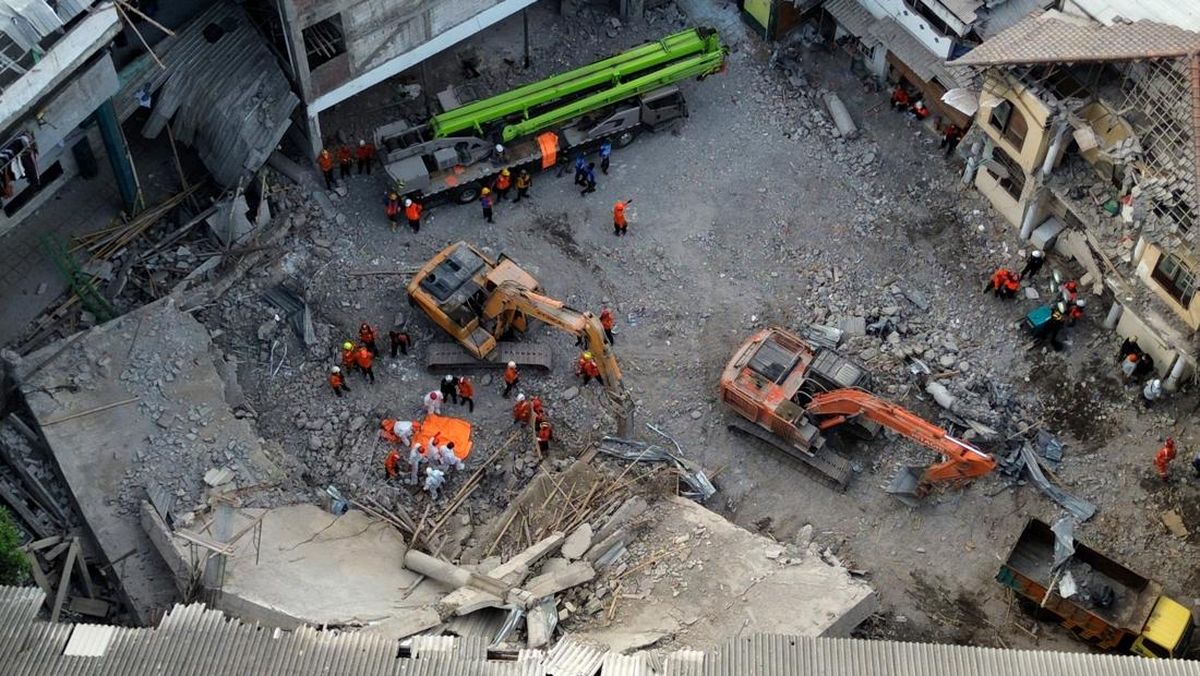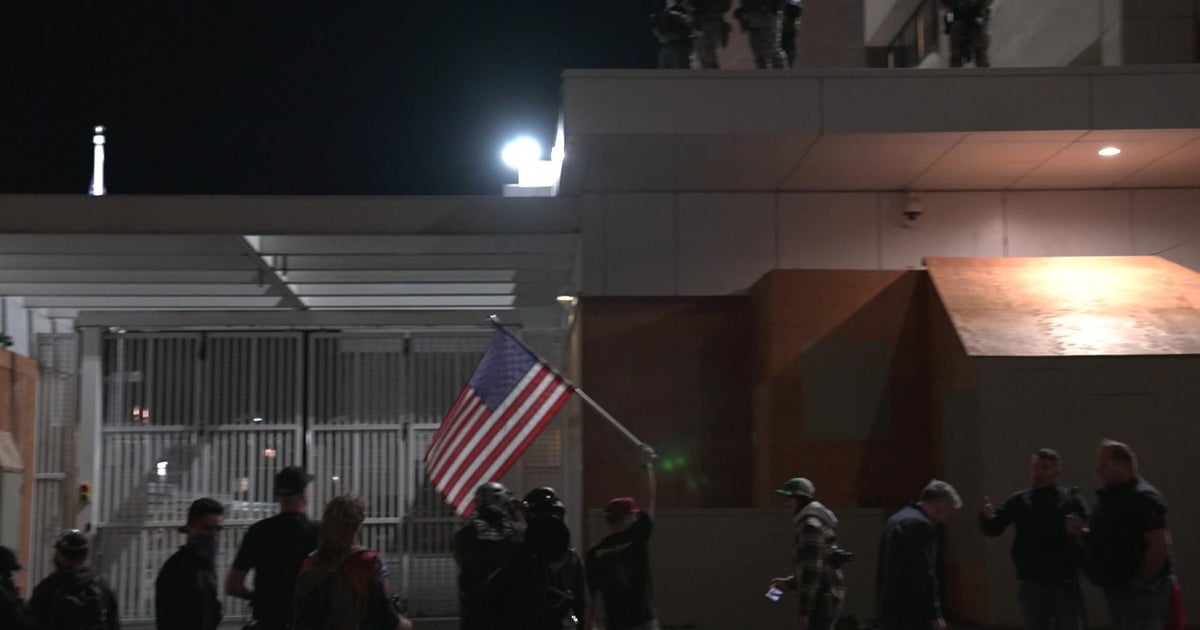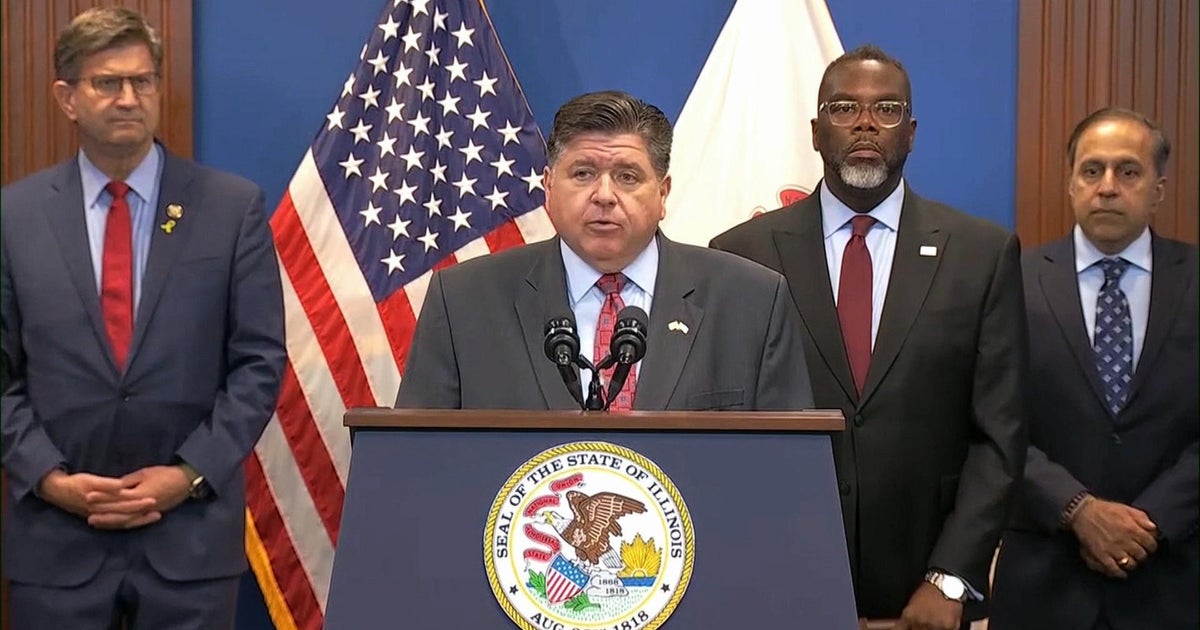Litchfield’s recently completed field mapping program has linked mineralised Oonagalabi Formation exposures from Silverado to the main Oonagalabi outcrops, confirming continuous outcrop and also local thickening. Structural and sedimentary features support a southeast dipping geometry consistent with observations in the main zone and suggests the mineralised Oonagalabi Formation extends southeast under cover.
Mapping of four new zones confirmed that the mineralised Oonagalabi Formation is decidedly more extensive than previously thought. Litchfield sees potential for depth extensions over significant parts of the system. Additionally, base metal soil anomalism southwest of the company’s Silverado and Bomb Diggity prospects indicate that the system is probably open to the northeast and southwest.
Drill testing of the main zone and a possible Bomb Diggity extension begins in the next few days. Litchfield says it will release the results as assays are received and validated. It expects to receive the first assays in mid to late November.
Litchfield plans to conduct further induced polarisation (IP) surveys early next year to further define the full extent of the subsurface Oonagalabi Formation within the system.
Litchfield Minerals managing director Matthew Pustahya said: “The new VTEM data showing increased conductivity prompted follow-up checks in several areas. Mapping has now identified four new areas and, importantly, now links outcrop from Silverado through to the Main Oonagalabi zone, which is about three kilometres end-to-end, with several new areas where the formation thickens and dips steeply to the southeast.”
Pustahya said IP surveys conducted earlier this year didn’t just frame the main corridor but also picked up a second, parallel structure right where new mapping said it should be.
“With VTEM indicating conductivity trends to the northeast and southwest, we have further clear, testable targets over a broader area that has not been rigorously examined to date,” he said.
The company also says geophysical chargeability and resistivity IP responses limit the lateral extent of sulphide-bearing horizons within the tested corridor and define a second, sub-parallel structure coincident with the newly mapped Oonagalabi horizon in the central corridor.
With drilling planned and high-priority sulphide targets in sight, Litchfield could be on the cusp of unlocking the full potential of its flagship Oonagalabi polymetallic project in the Territory’s Harts Range.
Is your ASX-listed company doing something interesting? Contact: [email protected]


















































